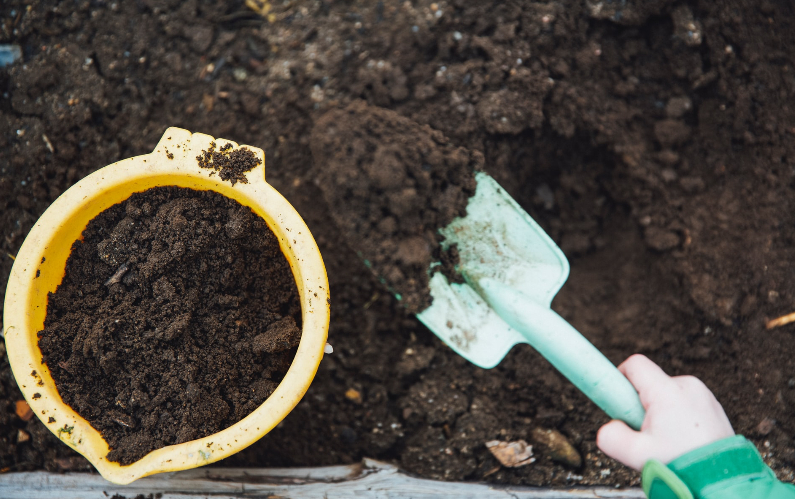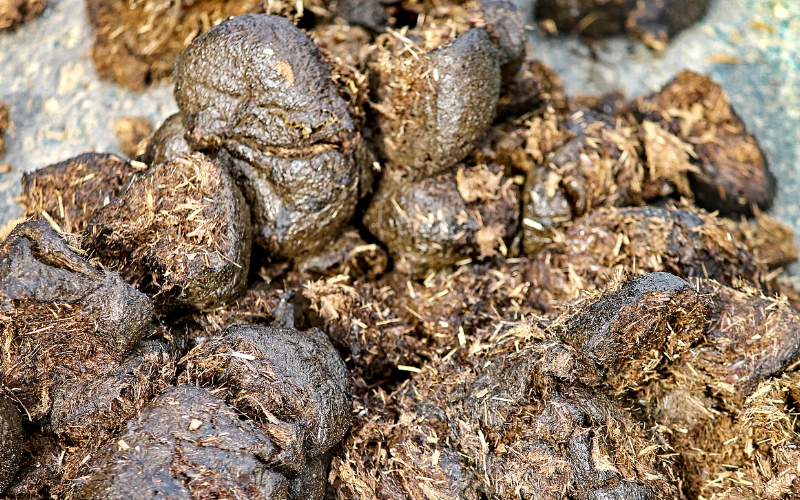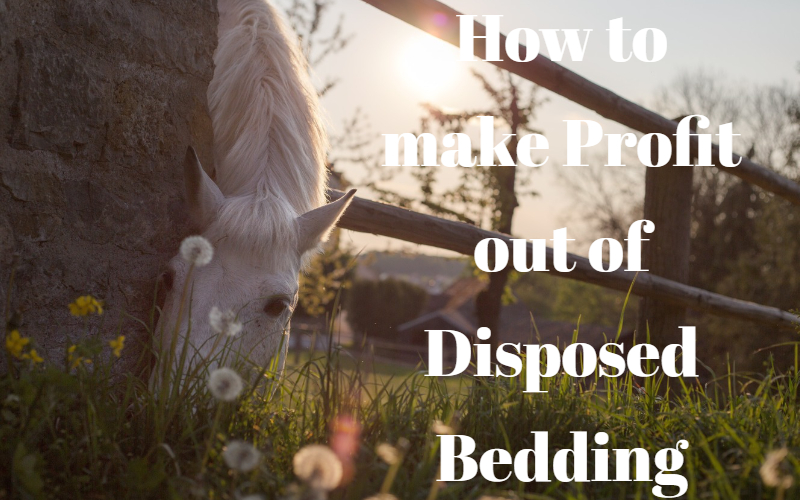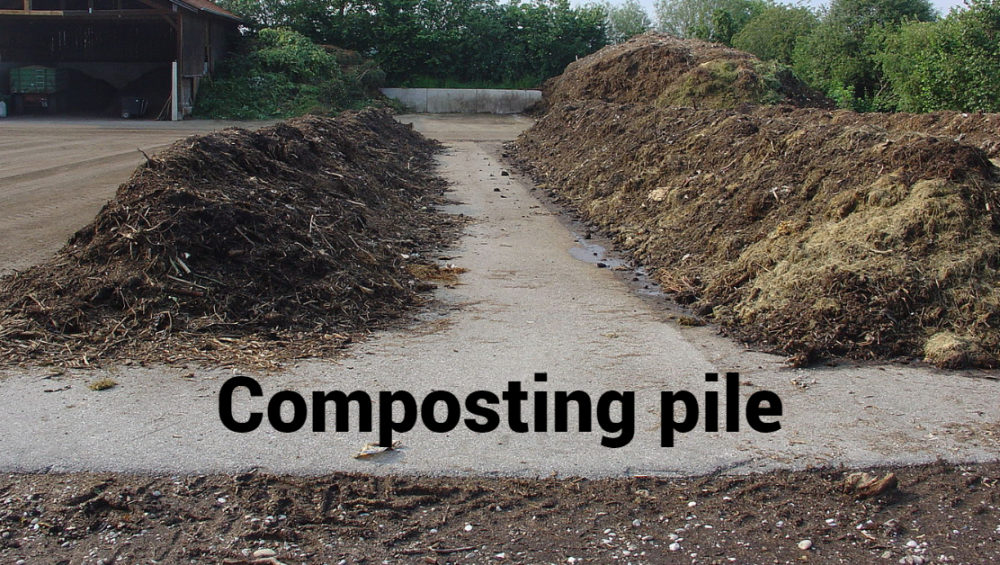An important role in making horse ownership safer for the environment and more cost effective for you is played by Manure and Bedding, both have useful “after life”. Some of the precious resources are our healthy soil and clean water which are fragile and as livestock owners we must take care of them. We can turn a waste into a resource and as there are many ways to reuse livestock manure and stall bedding.
Table of contents
Composted Bedding for Stalls:
Composted bedding can be reused in your horse stalls as an effective and economical alternative to wood shavings or pellets. From the Western Sustainable Agriculture Research and Education (WSARE) Program, the Snohomish Conservation District received funding to test composted bedding for horses and worked with several commercial equine facilities in Snohomish County.
We found that stable bedding with wood shavings can recover up to 80 percent of stall waste through composting and re-use, while most stable bedding with wood pellets recover up to 50 percent. For reusing bedding, the compost can recover 100% of stall waste in vessel systems, which represents a significance in reducing the cost of disposal and new bedding.
As compared to shavings or pellets, composted bedding is darker in colour and is slightly moist. It is a very good absorbent and is light and fluffy with a pleasant earthy smell. Compost significantly reduces dust and allergens in the stall as compared to wood shavings or pellets and it is non-acidic. Horses with skin and respiratory allergies also respond well to the composted bedding, and have shown reduced symptoms.
Managing Used Horse Bedding Material
On a daily basis, all stalls and paddocks need to be cleaned. After removing manure and urine-soaked bedding, wet areas should be cleaned with lime or another sanitizing, odor-eliminating treatment and to ensure safe, clean, dry and odor-free conditions, fresh bedding should be added. You don’t want to reduce stall bedding at the expense of your horse’s health, but you should consider the horse’s needs.
By nature, horses are used to sleeping on hard surfaces like the ground. To sleep comfortably, horses don’t need a huge cushion of shavings or straw. For many horse owners, rubber stall mats work very well. Rubber stall mats are healthy for hooves and can be cleaned easily. A stall mat gives a firm, level surface which allows you to scoop up manure and wet bedding easily. You can minimize bedding use and the amount of stall waste that has to be disposed of by using disposable bedding such as shavings or straw only on the places where the horse urinates frequently. Composting is the most productive and environmentally sound way to dispose of used bedding.

Through composting, the total mass of manure and bedding can be reduced by about one-quarter to one-half i.e., six tons of manure can be converted to 1.5 to 3 tons of finished compost which can be used in greenhouses, gardens, and nearly anywhere fertilizer would be used. Provide temporary storage for the waste in large, covered receptacles and arrange to have it hauled off on a regular basis or choose compost used bedding.
Uses of disposed bedding
1. Improve soil health:
To improve the health of your soil and pasture you can use your compost manure with disposed bedding material. Nutrients like nitrogen, phosphorus, potassium, etc., which are consumed by animals, end up in their manure. For as long as people have been farming, livestock manure of all types has been used to build soil and fertilize crops. The disposed bedding makes it at its best. For the growth of plants, these nutrients are essential, if they end up in our streams, lakes or well water, they can cause serious problems for all of us. The best way to improve long-term soil health, and invest is by adding organic materials like compost and manure to your soil. Organic matter provides food for soil microbes and improves soil structure and workability.
2. Best from waste:

Gardeners and landscapers’ value composted horse manure as a high-quality soil amendment. The manure must be well composted and weed seedless and contain minimal bedding material. Avoid too much bedding mixed with manure. It makes compost more mulch than soil builder. This can be unappealing for gardeners.
Proper manure management and disposal bedding material serves an important role in keeping the farm functioning at its best. It also helps to keep horses healthy, clean the surrounding area and a thriving farm. We shall be well on our way to sustainable horse keeping when we can regard manure as a valuable resource rather than a waste.
3. Environmental Benefits:
Properly managed manure can be a valuable resource on a farm. Manure helps to improve soil quality and provide nutrients to crops and can be used as fertilizer for crops. Manure contains organic matters. It improves water holding capacity of soil. The purpose of manure management is to keep a monitor on horse manure to make sure it doesn’t have any negative effects on the environment.








